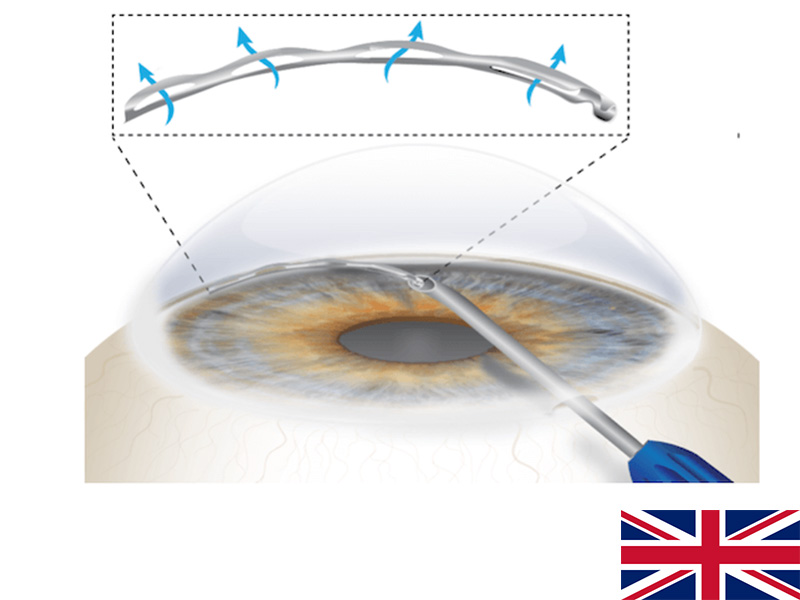Hydrus Microstent Cost in UK
The Hydrus Microstent is a popular MIGS device that creates a permanent channel to improve aqueous fluid outflow and lower intraocular pressure (IOP). Often performed with cataract surgery, it provides a powerful option for patients who need better glaucoma control without the risks of major surgery.
Average Hydrus Microstent Surgery Cost in UK
The cost of Hydrus Microstent surgery in the UK can vary depending on treatment setting:
NHS Availability: Many NHS hospitals offer Hydrus for eligible patients at no direct cost.
Private Hospital Pricing: Fees generally range from £2,500 – £4,000 per eye, influenced by surgeon expertise, hospital charges, and whether cataract surgery is performed simultaneously.
Procedure and Recovery
The procedure is minimally invasive and typically takes less than 15 minutes. Recovery is quick — most patients notice improved eye pressure within the first weeks, with reduced dependence on glaucoma drops.
Get a clear view of glaucoma surgery pricing and factors that affect cost in UK hospitals.
Benefits of Hydrus Microstent
Significant IOP reduction: Creates a bypass for fluid drainage across a larger portion of the trabecular meshwork
Long-lasting results: Studies show pressure control for up to five years
Reduced medication use: Many patients can stop or cut down on eye drops
Quick recovery: Minimal downtime and lower complication rates than trabeculectomy
Ideal Candidates
Hydrus is suitable for:
Patients with mild-to-moderate primary open-angle glaucoma
Individuals undergoing cataract surgery seeking combined treatment
Patients looking for a minimally invasive alternative before traditional filtering surgery
Potential Risks
Although Hydrus has a strong safety profile, potential complications include:
Stent malposition
Transient inflammation or bleeding
Need for additional surgery if IOP remains uncontrolled
Long-Term Outlook
Hydrus is considered one of the most effective MIGS devices for achieving sustained pressure reduction. However, regular monitoring remains essential as glaucoma is a lifelong condition and additional treatment may still be required.




